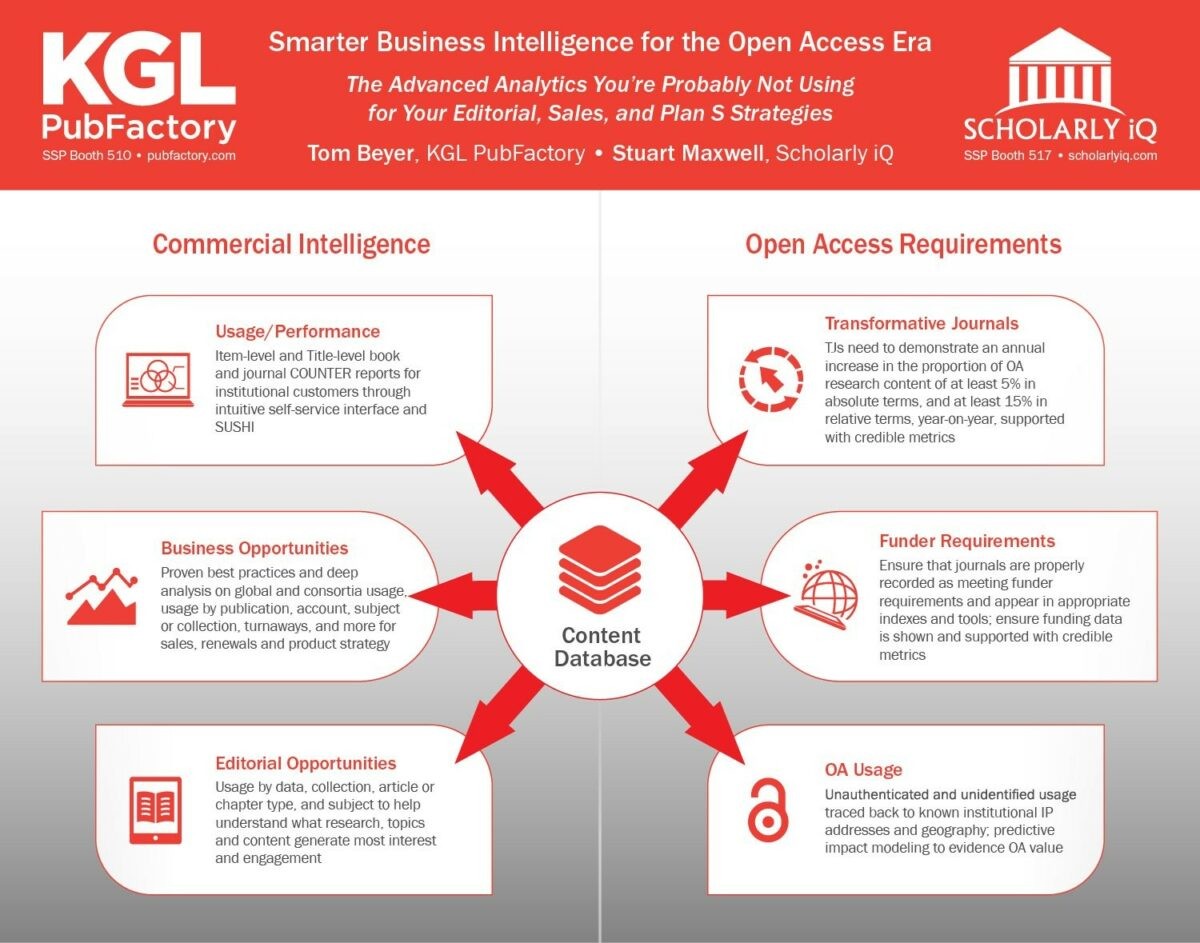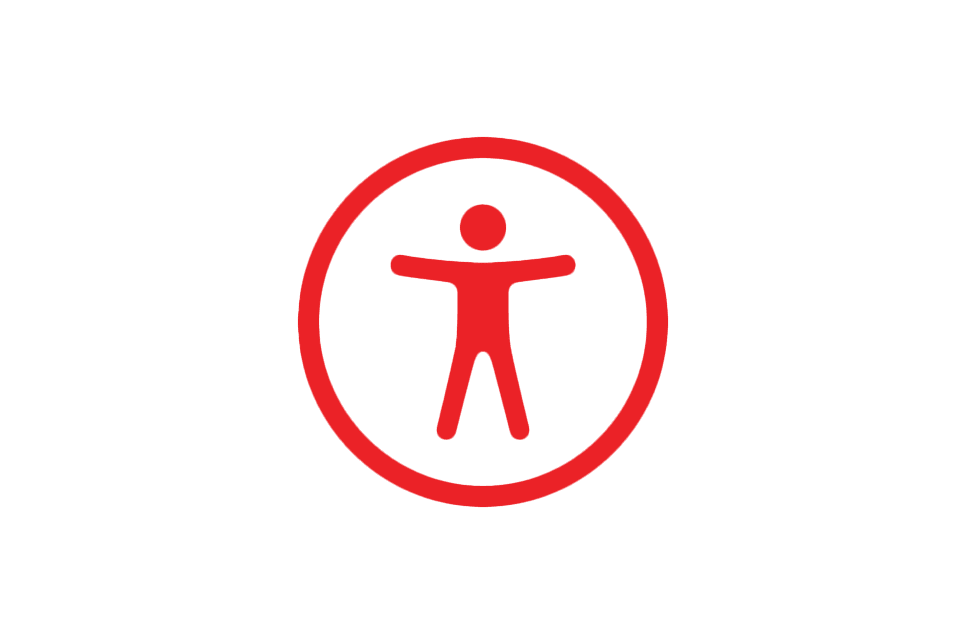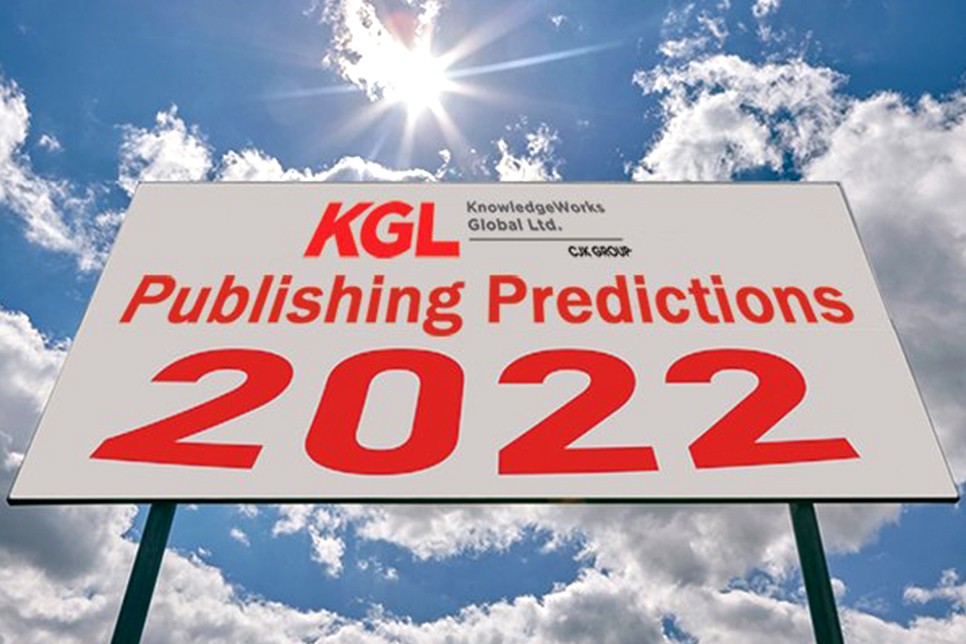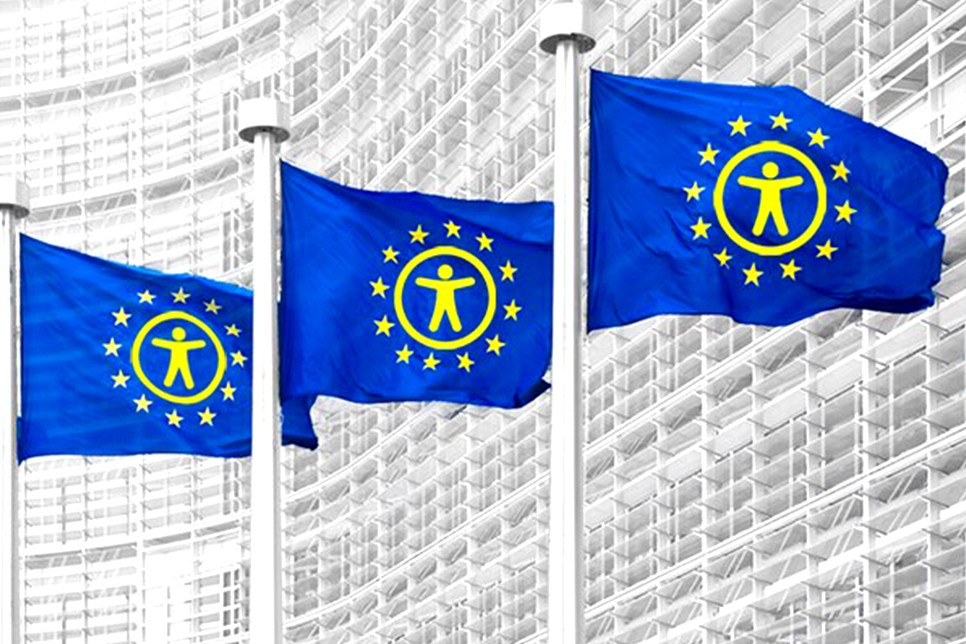
Recently at the Society for Scholarly Publishing Annual Meeting, KGL PubFactory’s Director of Platform Services, Tom Beyer, together with longtime platform partner, Stuart Maxwell, COO of Scholarly iQ, presented a poster on the advanced analytics available to publishers that many are still not using for their editorial, sales, and Plan S strategies.

NIMAS (National Instructional Materials Accessibility Standard) is a US technical standard used by publishers to produce XML that is used to develop specialized formats for students with print disabilities.

The global publishing industry has always had a conflicted relationship with the environment.

“If it doesn’t come bursting out of you in spite of everything, don’t do it,” wrote Charles Bukowski in his poem “So you want to be a writer?” Being an author isn’t easy.

KGL is introducing an occasional series of explorations into the current issues in K-12 and higher education, where we will spotlight the varying perspectives of teachers, students, education publishers, and other stakeholders in the learning life cycle.

The spring semester has started and students are back to the classroom. And with this return to the classroom comes some of the debate over the physical and the virtual that has been brewing recently: in-person versus remote classes, print books versus ebooks, and the effectiveness of using Open Educational Resources (OER).

For many of our publishing partners and customers, 2021 was a transient year.

In what has become an annual tradition here at KGL, we take stock at the start of the year, consult our publishing experts, and go out on a limb to try and foretell what the future holds for our industry.

Accessibility has been the buzzword in publishing over the last several years as the industry embraces the need to make its content available to all readers. We at KGL have previously highlighted innovations in accessibility in K-12 learning and also potential hazards of not making scholarly content accessible.










